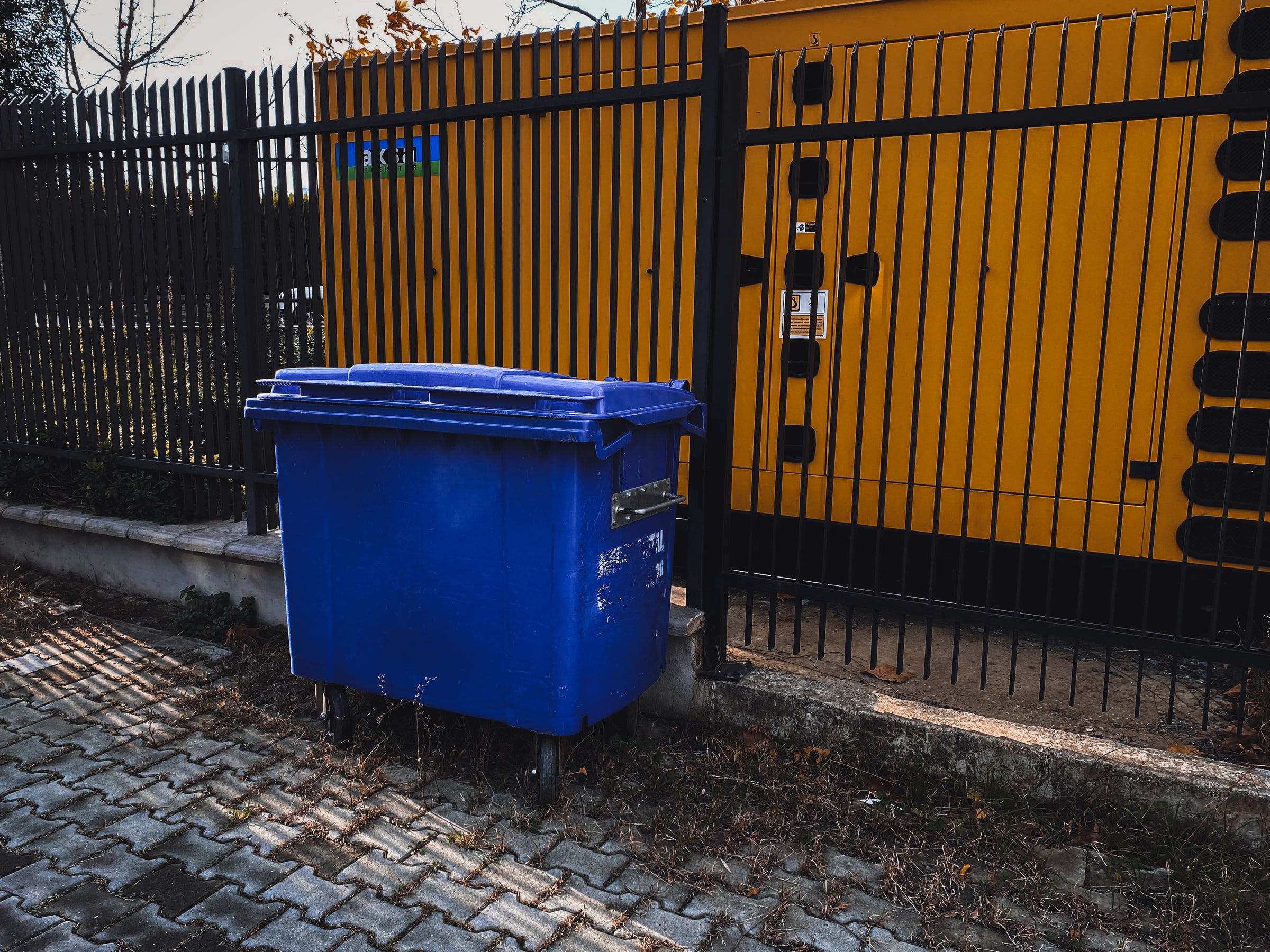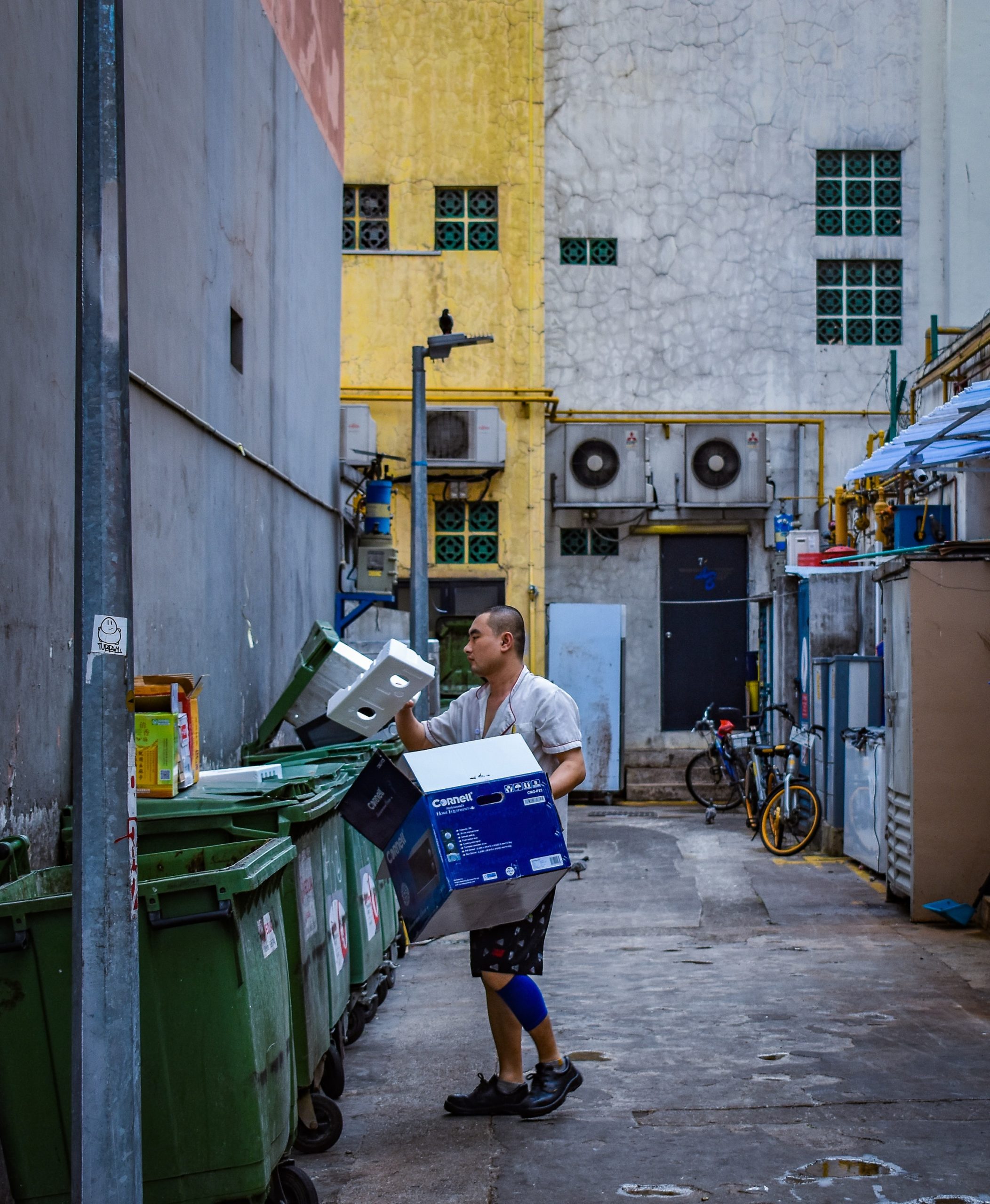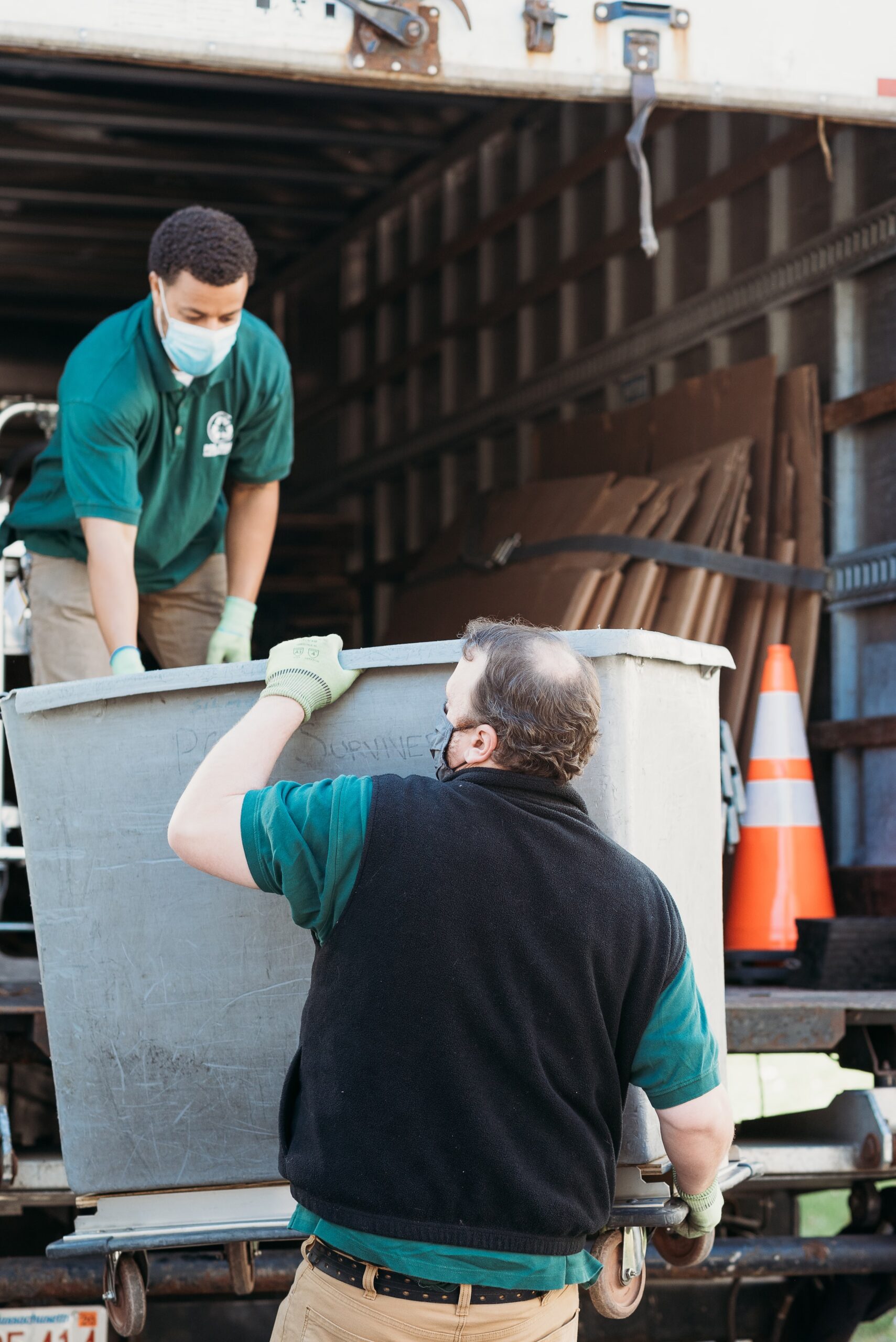On November 13, 2017, UNESCO issued a proclamation to address the subject of climate change.
So, here’s a continuation of that proclamation.
Article 12: Public Awareness

Promote awareness regarding climate change and the best practices for responding to it, through strengthening social dialogue, and communication by the media, scientific communities, and civil society organizations, including religious and cultural communities.
Article 13: Responsibility
Ensure effective climate policy and action through appropriate governance measures, by promoting transparency and preventing corruption; and strengthening, at the
State level, assessment mechanisms that underpin social, environmental and societal responsibility of all pertinent actors, including corporations and businesses.
Article 14: International Cooperation
- Facilitate, support and engage in international processes and programmes to communicate these principles, and to promote multidisciplinary, pluralistic, and intercultural dialogue around them.
- Facilitate, support, and engage in international research collaborations and capacity-building initiatives related to climate change.
- Promote sharing of the results of science, technological innovations, and best practices in response to climate change in a timely and equitable manner.
- Act with urgency upon the commitments taken in terms of the UNFCCC, the
Kyoto Protocol, the Paris Agreement adopted under the Convention, and the objectives of the United Nations 2030 Agenda for Sustainable Development and its SDGs, and of the Sendai Framework for Disaster Risk Reduction.
- Respect and promote solidarity between and among States, as well as individuals, families, groups and communities, with special regard to those rendered vulnerable by the impacts of climate change and those who have the most limited capacities.
- Promote coherence between climate change mechanisms and already existing mechanisms of international cooperation, including cooperation on development, with special regard for climate change responses that can also contribute to addressing other policy goals that advance the well-being of all peoples.
Article 15: Promotion and Dissemination by UNESCO

UNESCO has the vocation to be the principal United Nations agency to promote and disseminate this Declaration, and accordingly should work in collaboration with other United Nations entities, including but not limited to COMEST, the International
Bioethics Committee (IBC), the Intergovernmental Bioethics Committee (IGBC), the
International Hydrological Programme (IHP), the Man and the Biosphere Programme
(MAB), the International Geosciences Programme (IGCP), the International Basic
Sciences Programme (IBSP), the Intergovernmental Oceanographic Commission
(IOC), the Management of Social Transformation Programme (MOST), the IPCC, the UNFCCC, the World Meteorological Organization (WMO), the United Nations
Environment Programme (UNEP), the United Nations Convention on Biological
Diversity (CBD), the United Nations Convention to Combat Desertification (UNCCD), the International Maritime Organization (IMO), the World Intellectual Property
Organization (WIPO), the International Telecommunication Union (ITU), the United
Nations Settlements Programme (UN-Habitat), and other relevant international bodies working on the issues of climate change, including the International Council for Science, the International Social Science Council, as well as the Future Earth:
Research for Global Sustainability programme for which UNESCO is a co-sponsor, as well as any other intergovernmental body working in the field of climate change.
Final provisions
Article 16: Interrelation and complementarity of the principles
The Declaration needs to be understood as a whole, and principles are to be understood as complementary and interrelated. Each principle is to be considered in the context of the other principles, as appropriate and relevant in the circumstances.
Article 17: Denial of acts contrary to human rights, fundamental freedoms, human dignity, and concern for life on Earth
Nothing in this Declaration may be interpreted as approval for any State, other social actor, group, or person to engage in any activity or perform any act contrary to human rights, fundamental freedoms, human dignity, and concern for life on Earth.
Article 18: Denial of reinterpretation of the principles and provisions of the
UNFCCC and the Paris Agreement adopted under the Convention
Nothing in this Declaration may be considered as an interpretation of the principles and provisions of the UNFCCC and the Paris Agreement adopted under the Convention.


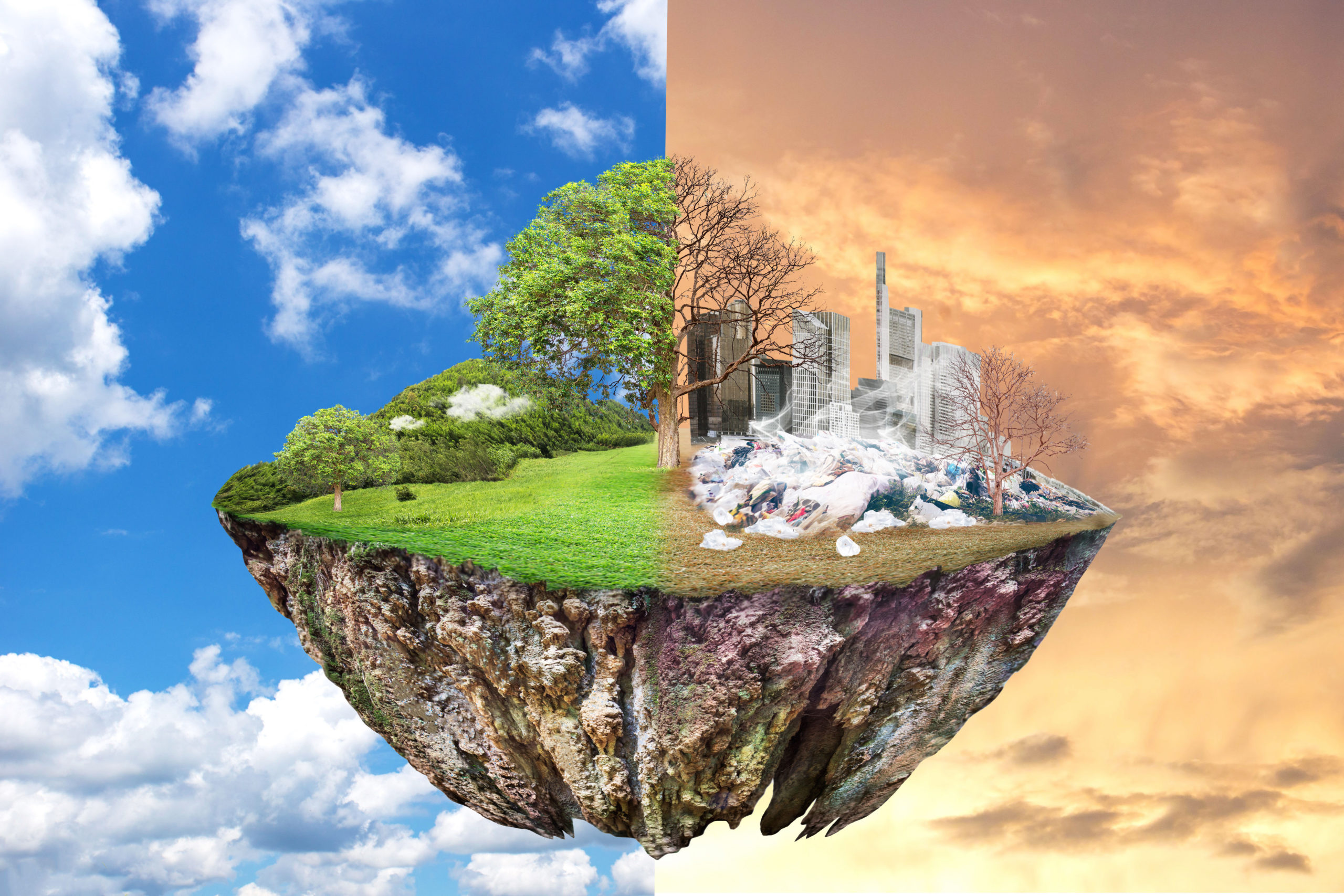



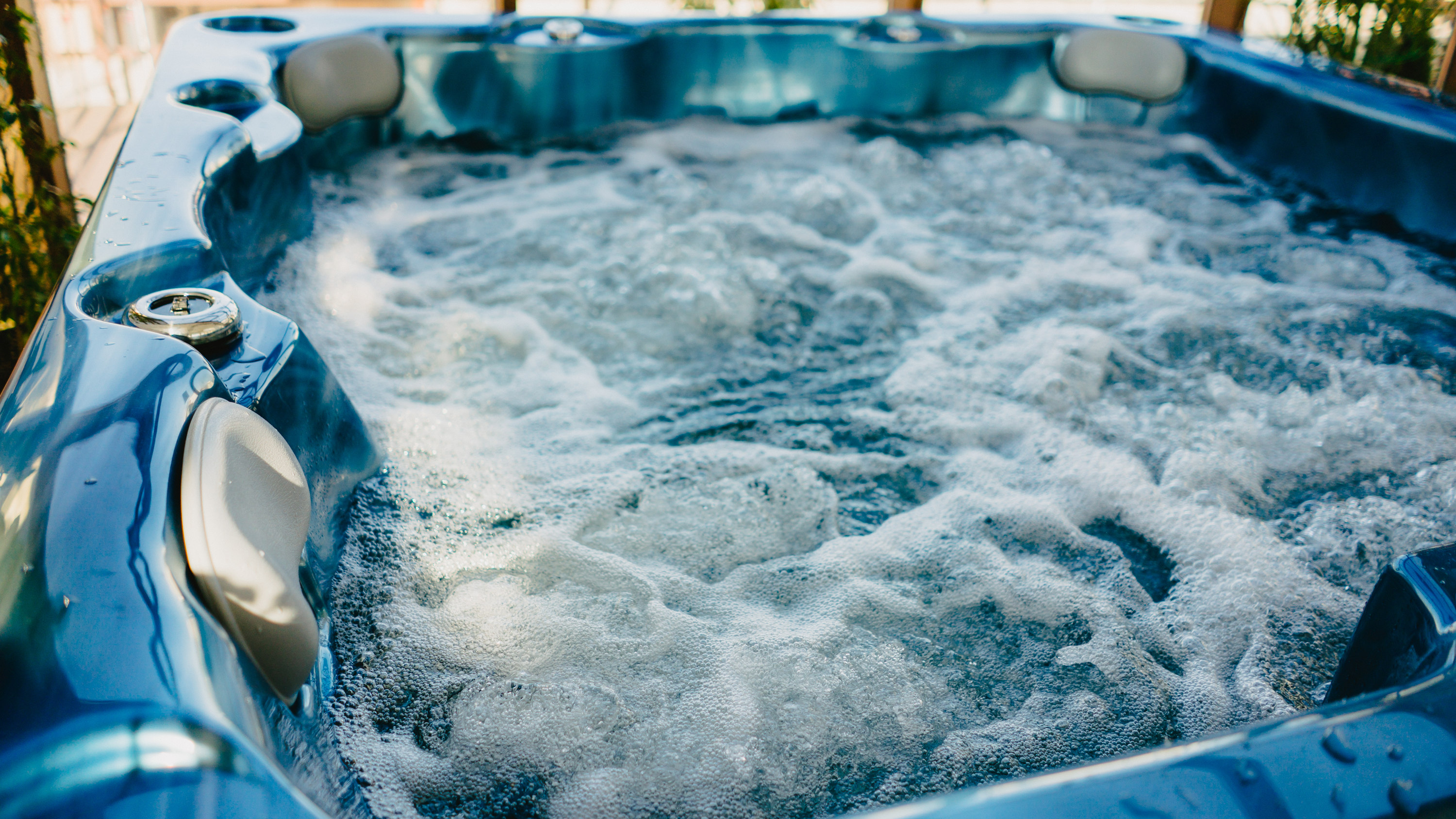 While the idea of lounging outside in bubbling warm water may seem appealing, many overlook the
While the idea of lounging outside in bubbling warm water may seem appealing, many overlook the  So, hot tubs are hard to love from an eco-friendly point of view unless you want to opt for an eco-friendly hot tub.
So, hot tubs are hard to love from an eco-friendly point of view unless you want to opt for an eco-friendly hot tub.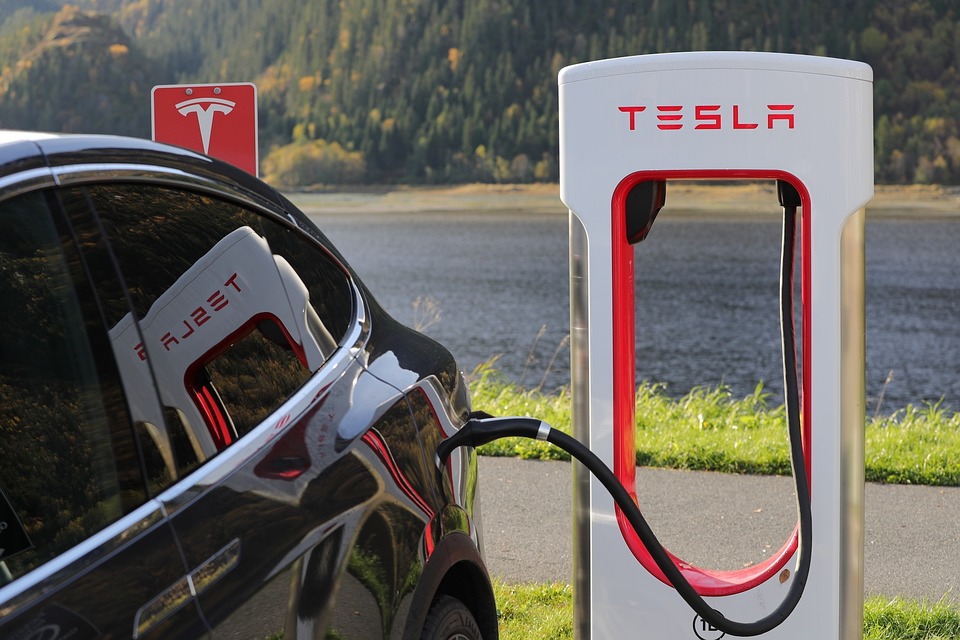


 While I respect people who make the decision not to eat meat or even become vegan, and while I also perfectly understand that meat production has side effects –both on the organism and on the planet – I just love to have a nice cut or stew…every second or third day. Of course, I try to buy from sources that are or have a reputation for being on the “humane” side of animal treatment.
While I respect people who make the decision not to eat meat or even become vegan, and while I also perfectly understand that meat production has side effects –both on the organism and on the planet – I just love to have a nice cut or stew…every second or third day. Of course, I try to buy from sources that are or have a reputation for being on the “humane” side of animal treatment. My views on
My views on Excuse me, what?
Excuse me, what?
